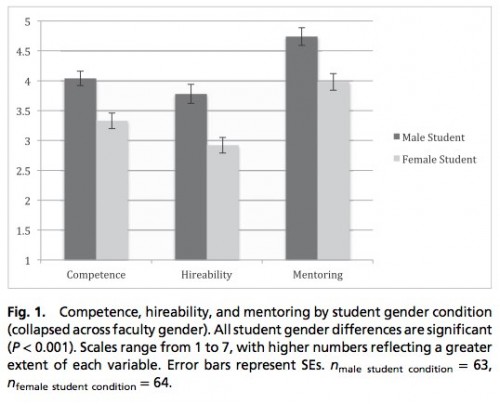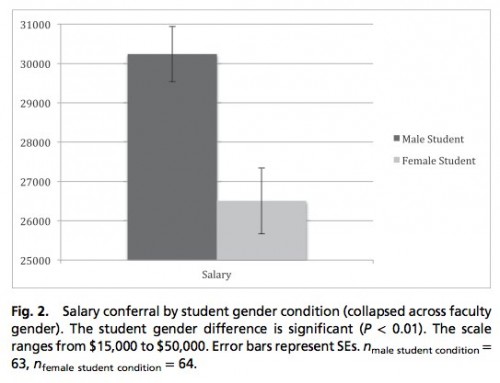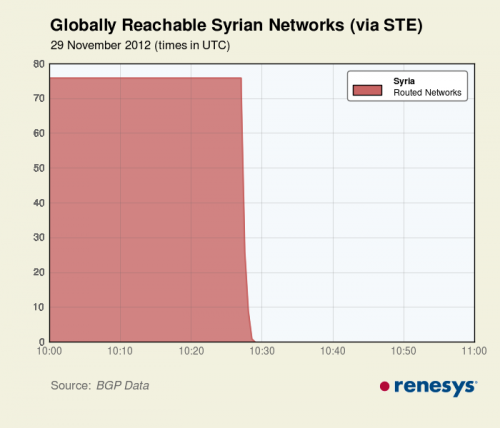In 2009, 470,000 15-year-olds in 65 developed nations took a science test. Boys in the U.S. outperformed girls by 14 points: 509 to 495. How does the U.S. compare to other countries?
The figure below — from the New York Times — features Western and Northern Europe and the Americas (in turquoise), Asia and the Pacific Islands (in pink), and the Middle East and Eastern and Southern Europe (in yellow). The line down the middle separates societies in which boys scored higher than girls (left) and vice versa (right).
Notice that the countries in which boys outscore girls are overwhelmingly Western and Northern Europe and the Americas.
This data tells a similar story to the data on gender and math aptitude. Boys used to outperform girls in math in the U.S., but no longer. And if you look transnationally, cultural variation swamps gender differences. Analyses have shown that boys outperforming girls in math is strongly correlated with the degree of inequality in any given society.
One lesson to take is this: any given society is just one data point and can’t be counted on to tell the whole story.
Via The Global Sociology Blog.
Lisa Wade, PhD is an Associate Professor at Tulane University. She is the author of American Hookup, a book about college sexual culture; a textbook about gender; and a forthcoming introductory text: Terrible Magnificent Sociology. You can follow her on Twitter and Instagram.








